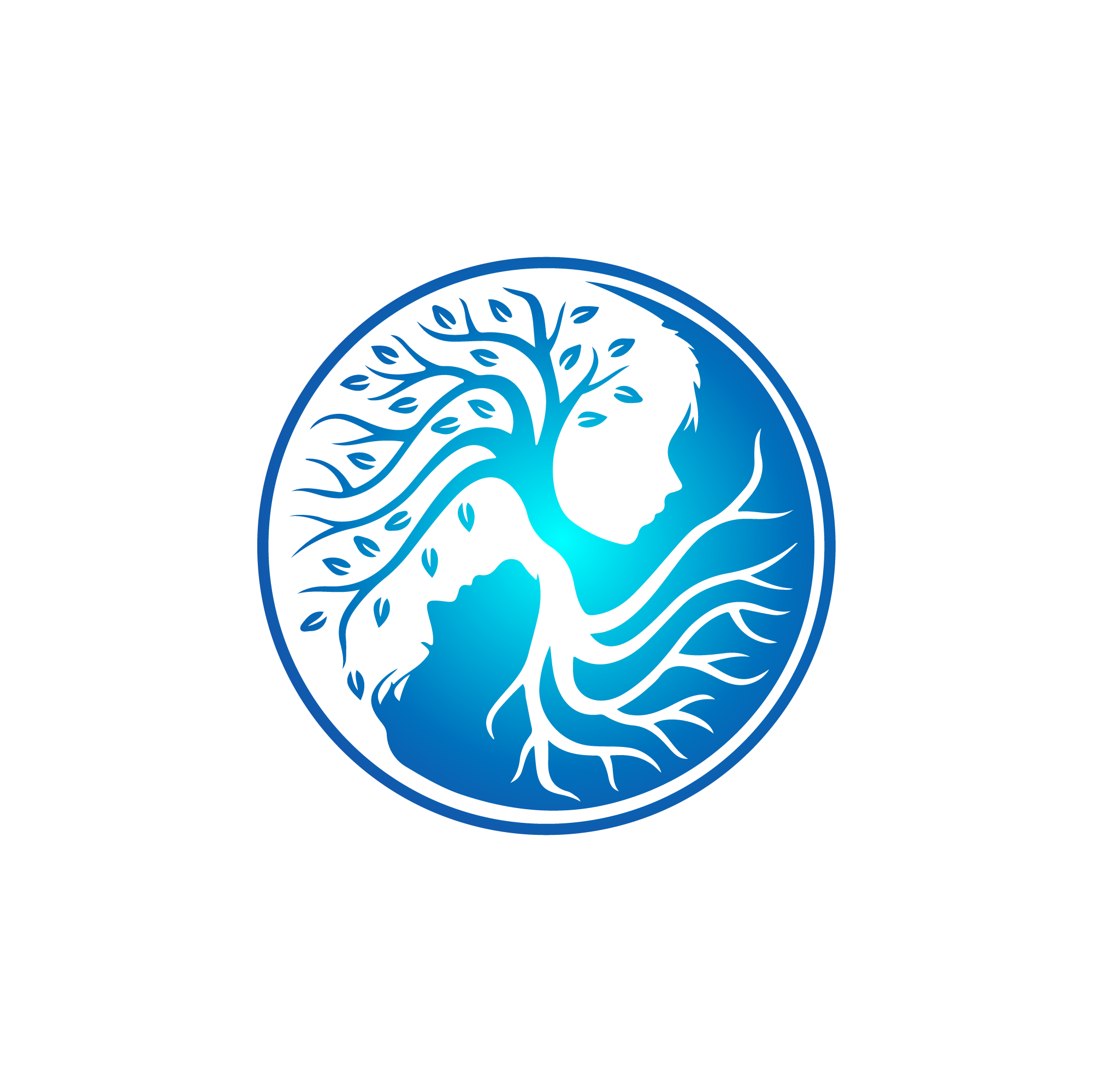What’s up? Patrick Lerouge here from Evolve Restorative Therapy. You can find me at livepainfreeprocess.com. I have a pain-free concierge practice that can help people eliminate pain, all in the comfort of their own home, as well as getting you to understand everything that you need to eliminate pain. I do this based off of my Live Pain Free Process. It walks you through a step-by-step on what to do physically, using the core three: foam rolling, trigger-point, and stretching, all getting you to clear up what’s happening in your mindset. It gets you thinking clearly, as well as emotionally balance you out. If you’re an athlete, this is definitely an athletic optimizer, but I designed this whole thing to help a person live and move pain free. This is week three within February, which is the ankle month for Evolve. We already went through the pain free mindset aspect and dealing what’s happening in the emotional world. If you didn’t see it, please go back and reference it. Then, we went through what you have to do: foam rolling, which is working with the calf. It’s a different way and a different thought process than the majority. That was last week; if you didn’t watch that, please watch that. All of them add up to the world of trigger-point, which is the next stage in fixing this ankle issue. Getting your body to do things in a trigger-point world is going to have your body contract more, where the fascial system allowed you to get more range of motion within your ankle itself. The trigger-point work will actually get you to contract better which will make you springier. Jump higher, jump faster, run faster, all different aspects of muscle tissue contraction.
I’m going to show you areas for your calf, your peroneals, and your tibialis anterior. All three of those will allow the ankle to unlock itself, and that’s going to be the main key for us – unlocking the ankle itself. However, we’re going to start with getting you to learn why the joint originally locked.
One of the easiest things you could do is utilize a hand ball because remember: stability v. mobility. If you don’t get the intrinsic muscles of your feet working, your ankle joint has no choice but to be a stable joint. One of the easiest things you can do is apply weight load to the intrinsic muscles of your feet, start working though those, and hitting those contractile units. With foam rolling I told you not to look for those hot-spots, but here you will. You’ll be targeting those with a hand ball rather than a golf ball or lacrosse ball because a hand ball becomes surgical as you start using it if you allow your body to do the work. It becomes surgical by pinpointing trigger-points.
That’s the first thing. I want you, actually, to start rolling out your feet and trigger-pointing your feet, which then will get your intrinsic muscles to start contracting a little bit better. That’s number one.
Number two, I want you now to cross your legs. Your calf itself has two major bellies that run up inside and outside of your lower leg. I want you to focus on taking a girly leg cross and place the calf on the lower knee so the calf spreads. Be careful; a lot of times, the calf will clump to one side and then you’re going to be getting the inside, the deep muscles of the lower leg, which is okay but not our focus at first. You want to get those eventually, but right now, I want you to focus on the calf. It needs to be straight, and you need to target one of those two heads. Grab the area right above where the knee-cap hits the calf. Push the calf right into your lower knee-cap. Straight in. Hold. Do not pull. All I want you to do is sit up. It’s just a small straighten of the spine, which is going to allow your body to slightly move, and that’s going to give your trigger-point the pressure it needs to release.
As you start to work your way all the way down or up the calf, once you find the hot-spot, I want you now to sit there for a second. Take a breath into your lower body and let it relax as you allow yourself to drop down lower. It’s almost like you’re milking that trigger-point as you run up and down in small chunks. Then to get the middle part of your calf, you’re going to have to slightly tuck and rotate the leg a little bit more. Then you’re going to now pull in again and sit up. The same process applies working your way all the way down the calf. That’s going to be a key component in getting you to clear up your calf trigger-point.
The next area that you want to work with is your peroneals, which is a slightly different maneuver, and it’s actually quite comfortable. It’ll actually get your hip mobility to start coming back. Let’s take a look at that.
Sit on the floor with one leg crossed in front of you exposing the outside of the leg to the ground, similar to a pigeon pose in yoga. Your peroneals are the muscles on the outside of your leg. Feel your outer leg find where there’s a little gully on the outside; you’re going to place the ball right there. I like to get into this position because it opens up my hip, and that’s how I control the majority of the movement, but you can just put your hands down to control your leg. As long as your weight load is controlled, all you’re going to do push down on your leg; take a deep breath because it will get tender. Slowly allow it to work its way in. Don’t try to push too fast. Take a deep breath, move it back down. Allow it to come in, and continue this process until you finish the leg.
Relax into it, and allow your body to work. You’re going to start feeling all those contractile units start to fire. It’s just a matter of you working the outside of the leg. You’re not working the front part of the leg yet. You’re just going to clear up the whole side of the leg, then you’re going to take the ball out, go on your knees, place the ball right beside your shin bone, and place the ball down. Before you put any weight load on your tibialis anterior here, I want you to put all your weight load on your arms in front of your body. Or you can even put up a leg here, but then you sit back on yourself. Just wait; you will get a very tender sensation. Get back up, reposition the ball, and drop back down. Sit on yourself. Continue all the way down the front of your leg.
It’s just a matter of taking your time and getting the right spot with trigger-point. With trigger-point, it’s going to be tender, and there’s going to be discomfort, but it’s not going to be painful. This needs to be that real weird place of “Oh, I like this, but I don’t.” That’s when your body’s going to start saying, “All right, I need to open up.” All we’re doing is getting it to open up, and the way that you’re testing this is by standing up. See how much one leg is becoming springier because you opened up the intrinsic muscles of the foot. You opened up your calf. You opened up your peroneals. You opened up your anterior tibialis. It’s everything in the lower part of your leg. You’re going to notice more and more movement that’s happening, and that’s when you start doing the stretching, which is all next week because if you stretch and try to get the ankle mobility done without the fascial system going, you’re never going win. Without the contractile system, you’re never going to win. It all adds up. You have to do all the steps, so next time we’re going to go over stretching. See you then. Later.


